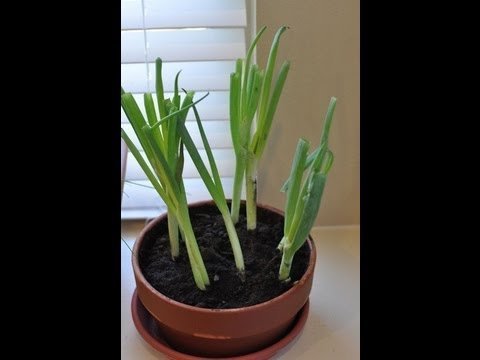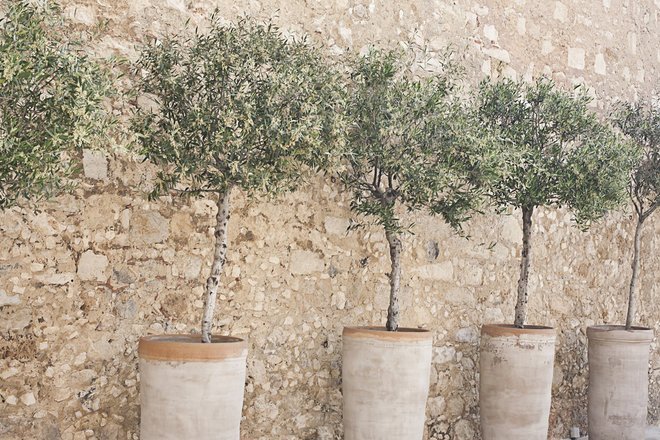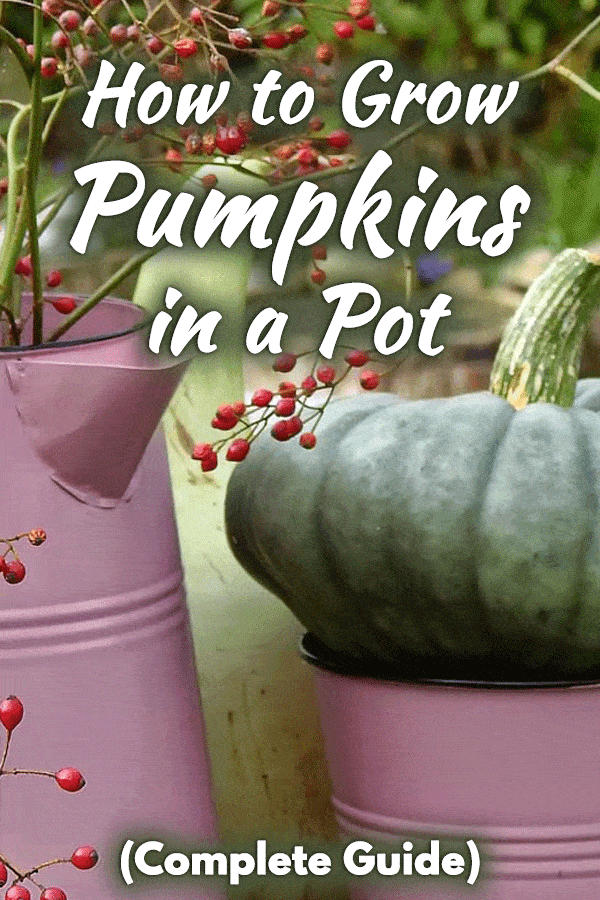how to grow green onions in a pot – [Beginners Guide]
Hey there! Are you looking for a fun and easy way to add fresh greens to your meals at home? Look no further than growing green onions in a pot! Not only is it simple, but it’s also a great way to have fresh herbs on hand all year round. Plus, growing your own food is a great way to save money and know exactly what you’re eating.
Growing green onions in a pot is a great idea because it doesn’t require a lot of space. You can even grow them on a windowsill or small balcony. And, because they grow quickly, you’ll have fresh green onions to use in your cooking in no time.
Not only is it easy and efficient, but it’s also a great way to get kids interested in gardening. Watching the green onions grow and then using them in cooking is a fun and rewarding experience for the whole family.
I’ve personally grown green onions in pots for years and can attest to how simple and satisfying it is. Give it a try – you won’t be disappointed!
Pot or container selection
When it comes to growing green onions at home, the type of pot you use is important for optimal growth. The size and capacity of the pot, as well as the construction, all play a role in the success of your green onion plants.
For best results, a pot with a capacity of at least 6 inches in diameter and 6 inches in depth is recommended. This size provides enough room for the green onion roots to grow and allows for proper drainage.
The pot construction is also important for growing green onions. A pot made of terra cotta or clay is ideal because it allows for proper drainage and air circulation. Avoid using plastic pots as they don’t have adequate drainage and can retain too much moisture, leading to root rot.
Additionally, it’s important to make sure that the pot has drainage holes at the bottom to allow excess water to escape, preventing water logging and rot. Also, you can use a saucer to catch the water that drains out, it will help to keep your plants healthy and hydrated.
In summary, when growing green onions at home, use a pot with a capacity of at least 6 inches in diameter and 6 inches in depth, made of terra cotta or clay, with proper drainage holes and a saucer for excess water.
Make suitable soil mix
When it comes to growing green onions at home, the type of soil you use is just as important as the pot you choose. The correct soil composition is essential for optimal growth and healthy plants.
For best results, it’s important to use a well-draining soil mix. Green onions prefer a soil that is moist but not waterlogged, and a well-draining mix will help to prevent water from becoming stagnant around the roots.
A good soil mix for green onions would be a combination of peat moss, perlite or vermiculite, and compost or well-rotted manure. The peat moss and perlite or vermiculite help to improve drainage and aeration, while the compost or well-rotted manure adds essential nutrients to the soil.
It is also important to make sure that the soil you use is not too dense and heavy, so as to not inhibit root growth. A soil with a good crumbly texture is ideal for green onions, and you can achieve this by mixing in some coarse sand or grit to the soil mix.
In summary, when growing green onions at home, use a well-draining soil mix that is a combination of peat moss, perlite or vermiculite, and compost or well-rotted manure. Avoid heavy, dense soils and make sure to mix in some coarse sand or grit to improve aeration and drainage.
How to plant the green onions?
Step by Step Guide to Planting Green Onions in a Pot at Home:
- Gather the necessary materials: pot with drainage holes, potting mix, green onion bulbs/seeds, water.
- Fill the pot with potting mix to within 2 inches of the top of the pot.
- Place green onion bulbs/seeds on top of the soil, spacing them about 2 inches apart. If using bulbs, plant the root end down.
- Cover the bulbs/seeds with a thin layer of potting mix (1/4 inch).
- Water the pot thoroughly to settle the soil and remove air pockets.
- Place the pot in a sunny location and keep the soil consistently moist.
- Harvest green onions once they reach desired height, typically 6-8 inches. Cut the green tops, leaving 2-3 inches of the bulb in the soil to continue growing.
Important Notes:
- Green onions prefer well-drained soil and consistent moisture. Avoid overwatering to prevent root rot.
- Harvesting green onions regularly will encourage continued growth.
How to care for green onions?
Caring for Green Onions in a Pot at Home
Watering Requirement:
- Keep the soil consistently moist, but not waterlogged.
- Water the soil directly, taking care not to wet the green onion foliage.
- Allow the top 2-3 inches of soil to dry out before watering again.
Fertilizer Requirement:
- Green onions do not have a high fertilizer requirement.
- Fertilize every 4-6 weeks with a balanced liquid fertilizer or compost tea.
- Avoid over-fertilizing, as this can cause the green onions to bolt (produce seeds) and become tough and bitter.
Sunlight Needs:
- Place the pot in a sunny location, with at least 6 hours of direct sunlight daily.
- Green onions will tolerate partial shade, but they will not grow as well or produce as many bulbs.
Pruning & Training:
- Harvest the green onions by cutting the tops as needed, leaving 2-3 inches of the bulb in the soil to continue growing.
- Regular harvesting will encourage continued growth and prevent the green onions from becoming tough and bitter.
Important Notes:
- Green onions prefer well-drained soil and consistent moisture. Avoid overwatering to prevent root rot.
- Protect green onions from cold temperatures and strong winds, which can damage the foliage and slow growth.
Common problems
Pests
Green onions are susceptible to various pests such as aphids, thrips, and onion maggots. These pests feed on the foliage of the plant, causing yellowing, wilting, and stunted growth. In severe infestations, the pests can kill the plant.
Insects
Green onions are also vulnerable to insects like cutworms, slugs, and snails, which can damage the foliage and bulbs. This can significantly reduce the overall yield of the green onions.
Diseases
Green onions can be affected by diseases such as downy mildew, pink root rot, and white rot. Downy mildew is a fungal disease that causes yellowing of the foliage and reduced growth. Pink root rot is a fungal disease that causes the roots to turn pink and rot, leading to plant death. White rot is a fungal disease that causes the bulbs to rot and the plant to die.
Poor Production
Green onions grown in pots may face various issues that can lead to poor production, including improper watering, lack of fertilization, and insufficient light. Overwatering or underwatering the plant can stress the plant and reduce its growth. Insufficient fertilization can lead to reduced bulb size and overall yield. Lack of adequate light can also cause the plant to become leggy and reduce its overall yield.
Other Issues
Green onions grown in pots may also face issues such as improper pot size, poor soil quality, and high temperatures. Green onions need enough space to grow, so it is important to choose a pot that is large enough. Poor soil quality can lead to poor plant growth and reduced yields. High temperatures can cause the foliage to yellow and the bulbs to become smaller. It is important to maintain a consistent temperature range for optimal green onion growth and production.
To summarize, common problems faced by green onions grown in pots at home include pests, insects, diseases, poor production, improper watering, lack of fertilization, insufficient light, improper pot size, poor soil quality, and high temperatures.
Harvesting & storing homegrown green onions
Harvesting Time
Green onions are typically ready for harvesting when the foliage is 6-8 inches tall. This usually takes about 2-3 months from the time of planting. Harvesting time can vary based on the growing conditions, such as temperature and light exposure.
Harvesting Method
To harvest green onions, use a sharp knife or garden shears to cut the foliage about 1 inch above the soil line. Be careful not to damage the bulbs. After cutting, gently shake off any excess soil and let the onions air dry for a few hours before storage.
Storing Green Onions
Green onions can be stored in a variety of ways, including in the refrigerator, in water, or in the freezer. To store in the refrigerator, wrap the onions in a damp paper towel and place them in a plastic bag. They will last for about 1-2 weeks. To store in water, place the cut end of the onions in a jar of water, making sure the foliage is above the water line. Change the water every 2-3 days to keep the onions fresh. To store in the freezer, chop the onions and place them in an airtight container or freezer bag. They will last for several months in the freezer.
Knowing When They are Ready
Green onions are ready for harvesting when the foliage is 6-8 inches tall and has a bright green color. The bulbs should be firm and not overly large. If the foliage has started to yellow or the bulbs are soft, it may be a sign that the onions are past their prime and should be harvested immediately.
To summarize, green onions are ready for harvesting when the foliage is 6-8 inches tall and has a bright green color. Harvest by cutting the foliage about 1 inch above the soil line and store in the refrigerator, in water, or in the freezer.
Growing green onions in container – Conclusion
Conclusion
Growing green onions in a pot at home is a simple and rewarding experience that can provide a steady supply of fresh, flavorful greens. By following the steps outlined in this guide, you can create a thriving green onion garden in no time.
To wrap up, here are some key takeaways from this guide:
- Green onions prefer well-drained soil and full sun or partial shade.
- Start seeds indoors and transplant seedlings into pots once they are 2-3 inches tall.
- Water regularly and fertilize occasionally to promote healthy growth.
- Harvest green onions when the foliage is 6-8 inches tall and has a bright green color.
- Store green onions in the refrigerator, in water, or in the freezer for future use.
In conclusion, growing green onions in a pot at home is a fun and fulfilling activity that can add a fresh, flavorful touch to any meal. So why not give it a try today and enjoy the benefits of homegrown green onions?
In conclusion, growing green onions in a pot is an easy and rewarding activity that can provide a steady supply of fresh, flavorful greens. Give it a try at home and enjoy the benefits of homegrown green onions.






